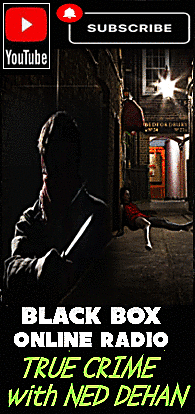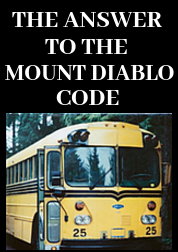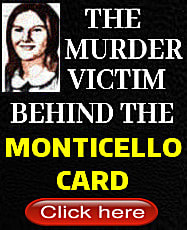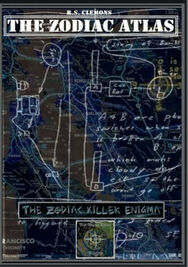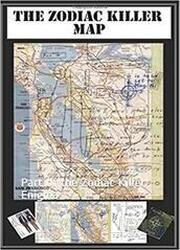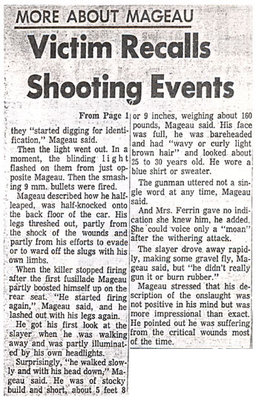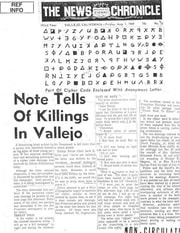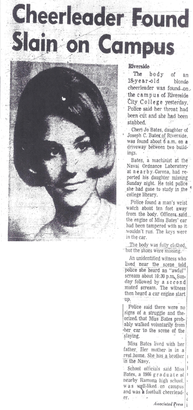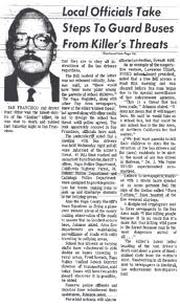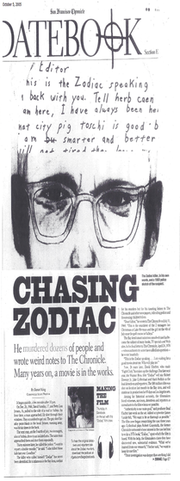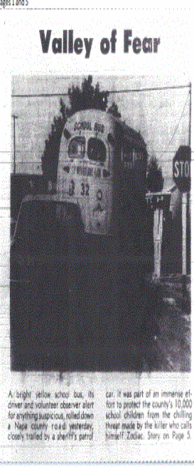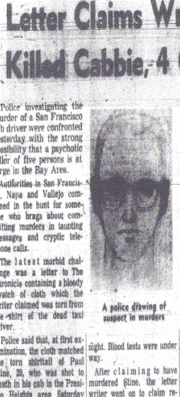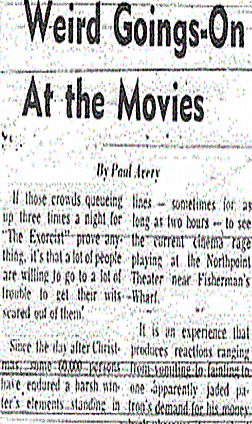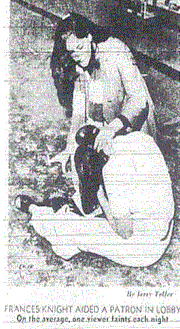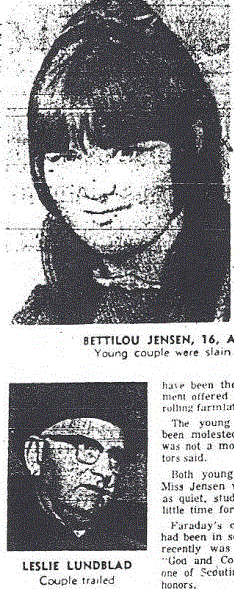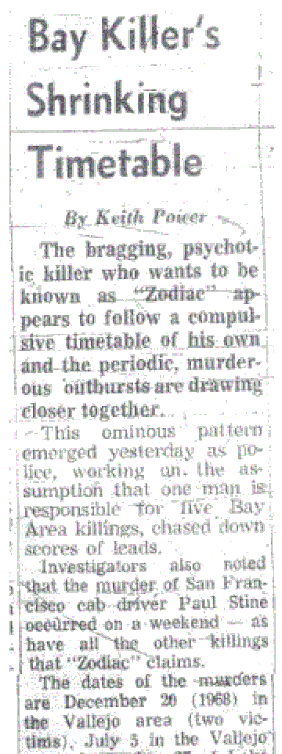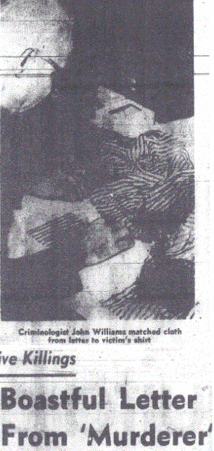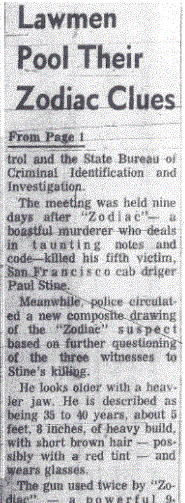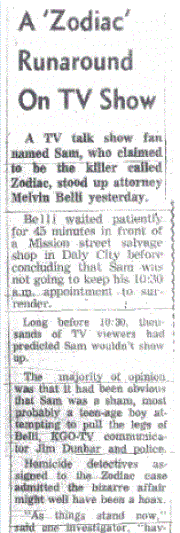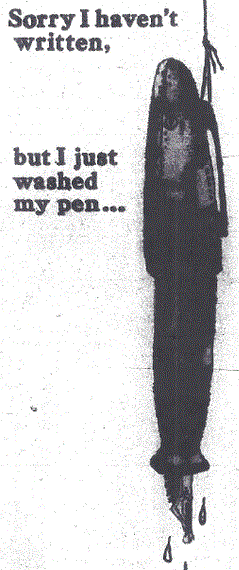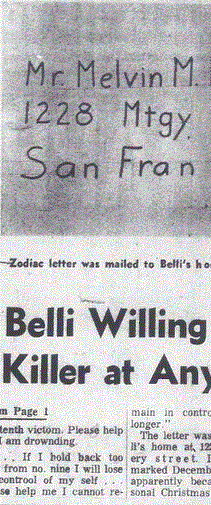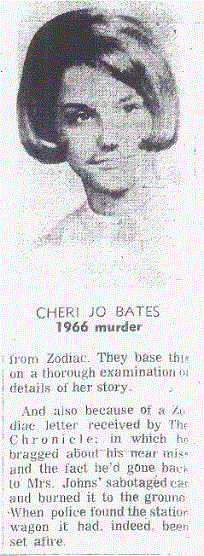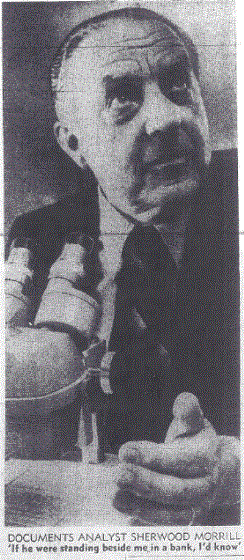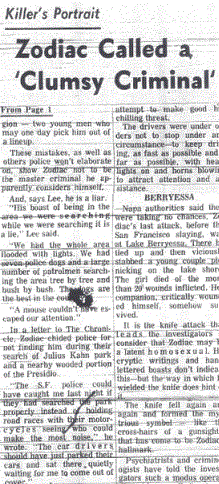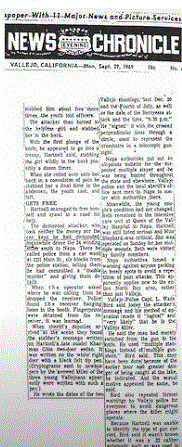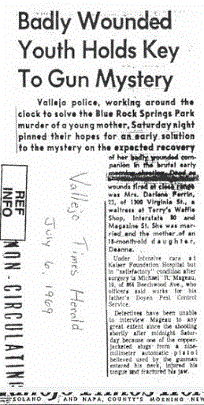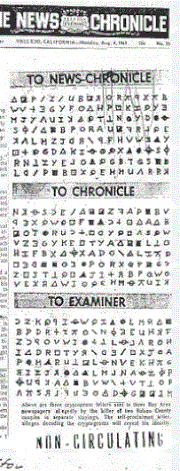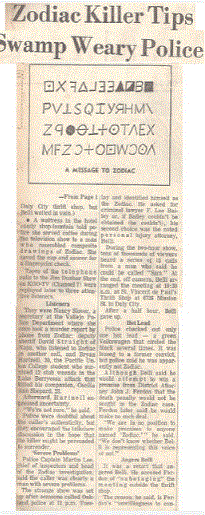"2 cops pulled a goof abot 3 min after I left the cab. I was walking down the hill to the park when this cop car pulled up + one of them called me over + asked if I saw anyone acting suspicious or strange in the last 5 to 10 min + I said yes there was this man who was runnig by waveing a gun & the cops peeled rubber + went around the corner as I directed them + I disappeared into the park a block + a half away never to be seen again." According to the Zodiac, this placed him entering the park adjacent to Spruce Street (detailed in the October 12th 1969 San Francisco Chronicle article). Dog units were pressed into the search at this location, again described by Zodiac, apparently hiding in the dense foliage adjacent to Laurel Street, just two blocks east of Julius Khan playground. This is where the story will change from previous articles on this site.
Had the Zodiac Killer traveled via the safety of the park to reach his vehicle parked somewhere along Pacific Avenue or West Pacific Avenue? He probably hadn't banked on the three teenagers spotting him, or the encounter with Officer Donald Fouke and Eric Zelms, as well as the early response of motorcycles and dog units bearing down on his position. He escaped into the park and by his account, traveled approximately two blocks east to the area of the park opposite Laurel Street: "The dogs never came with in 2 blocks of me + they were to the west + there was only 2 groups of parking about 10 min apart then the motor cicles went by about 150 ft away." This, according to the 'Bus Bomb' letter claims, was his last known location. Was he waiting for an opportune moment to dash out of cover and across the road, to enter his vehicle parked yards away. How do we know his vehicle was parked here? Because this location may have had relevance to the entry on the taxicab trip sheet.
 Wording on the October 13th 1969 sketch
Wording on the October 13th 1969 sketch The taxicab rule book stated that "Drivers of taxicabs and sedans shall keep an accurate waybill specifically setting forth the time of hire and discharge, the number of passengers, the origin and destination and the charges authorized and made for each trip."
Since nobody, including investigators, appear certain of exactly where the taxicab picked up Zodiac, we can probably conclude that Paul Stine didn't write down the origin of the fare - only the destination. In the History Channel docudrama 'Hunting the Zodiac,' Lieutenant Tom Bruton, an SFPD homicide investigator, recalled that the destination given in the trip sheet was Washington and Laurel, not Washington and Maple. So, why have we come to believe over the years that the trip sheet stated such a destination?
Keith Power authored an article entitled 'Astrologer Joins Hunt for Killer' in the San Francisco Chronicle on October 17th 1969, just six days after the murder, quoting "When he was picked up by the cab driver about 9:30 pm Saturday at Geary and Mason Streets, Stine noted the destination on his way bill (trip sheet) as Washington and Maple Streets."
How did Keith Power seemingly get hold of this information, to which no one else has been able to ascertain. It appears he may have been told this information by somebody connected to law enforcement, or just assumed the trip sheet noted Washington and Maple.
Somebody, using the taxicab meter-reading at 10:46 pm, backtracked to calculate the origin of the taxicab, and this, coupled with the statement by Zodiac of "I am the murderer of the taxi driver over by Washington St and Maple St last night," may be the reason it was concluded that this was Zodiac's intended destination, and what was written on the trip sheet. Keith Power stated "he was picked up by the cab driver about 9:30 pm Saturday at Geary and Mason Streets", despite the fact this has not been definitively proven. If this isn't fact, then we can argue, neither is the Washington and Maple destination. If Keith Power had seen the trip sheet and it stated Mason and Geary, why have police been attempting to discover the origin of the taxicab journey down the years. Furthermore, and one must reiterate this fact - why would the Zodiac Killer travel to either Washington and Maple or Washington and Cherry, many blocks away from his final claimed location, two blocks east of Julius Khan playground? This fact alone, must shed doubt on whether the trip sheet ever read Washington and Maple, and the Zodiac Killer at the last minute changed his plans to travel one block further. If this were true, its never been made public.
However, this still doesn't answer the question of why a killer who intended to murder a taxicab driver by Washington and Laurel, ended up four blocks west of his original destination.
Officers Donald Fouke and Armond Pelissetti (and probably more police) were patrolling the Richmond District area the night of October 11th 1969. Donald Fouke stated in the 2007 Zodiac documentary "My regular partner was off. I don't recall the reason why he was not working that night. However, Eric Zelms was assigned as my partner that night. We were patrolling the eastern side of the Richmond district, going northbound on Presidio Avenue. We had passed Washington Street when a broadcast came in of a shooting at Cherry and Washington Street." Could it be as simple as Zodiac, who was determined to follow through on murder that night, was approaching the intersection of Washington and Laurel in the taxicab of Paul Stine, when he saw a police vehicle in the vicinity, and decided to travel several blocks further in order to reach a safe distance or buffer zone to commit his murderous plan. This would ultimately leave him detached from his vehicle, necessitating the need to backtrack along Jackson Street, past Donald Fouke's approaching police vehicle and toward Laurel Street. The taxicab traveled four blocks east past Laurel Street, and Zodiac walked back four blocks west to Laurel Street. In effect, a complete waste of time. This lends credence to a Zodiac Killer, whose initial intended destination was the intersection of Washington and Laurel, corroborated by the 'Wanted Poster' and Lieutenant Tom Bruton of the San Francisco Police Department.
The Zodiac stated "There was only 2 groups of parking about 10 min apart then the motor cicles went by about 150 ft away going from south to north west" and "The car drivers should have just parked their cars and sat there quietly waiting for me to come out of cover." But they didn't - and Zodiac was away into the night.


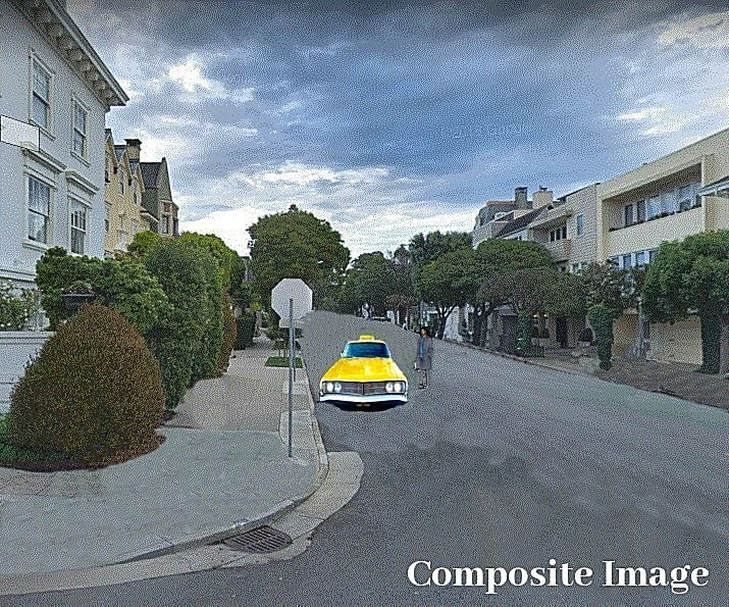
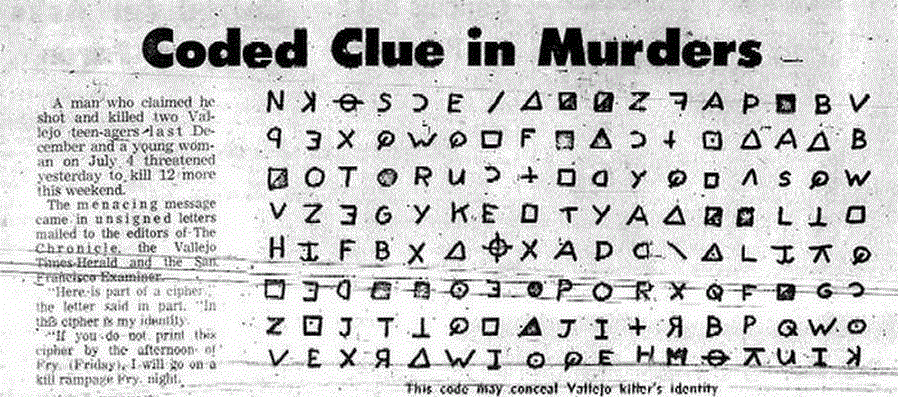
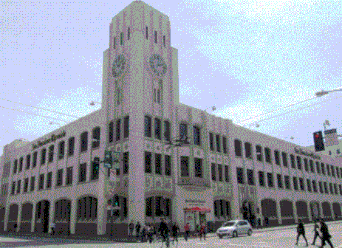
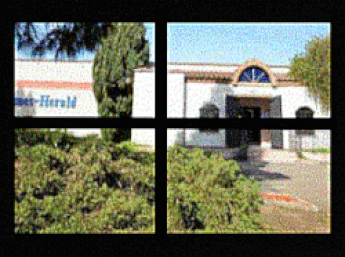
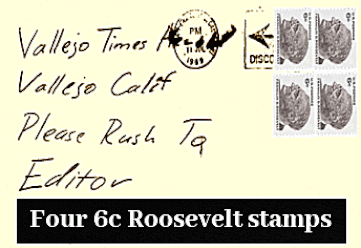
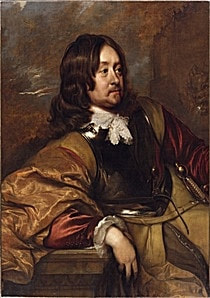

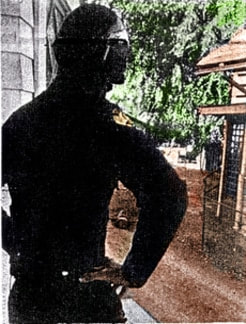
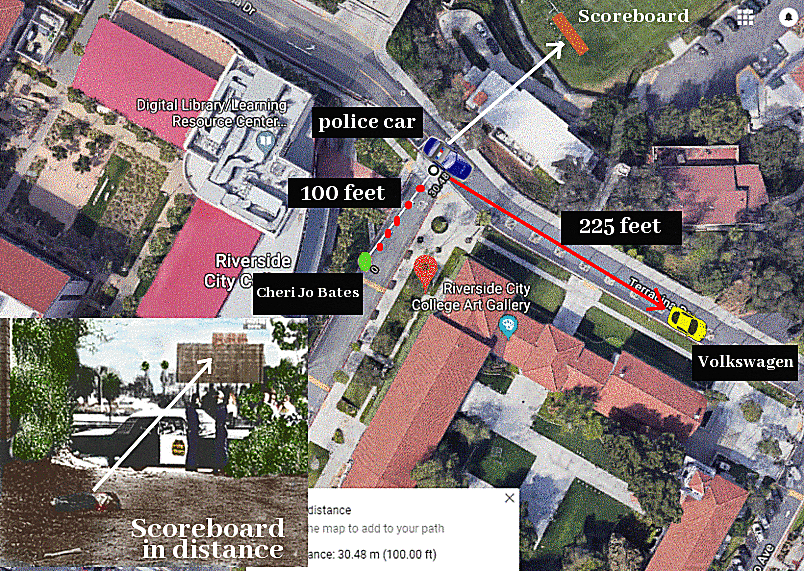
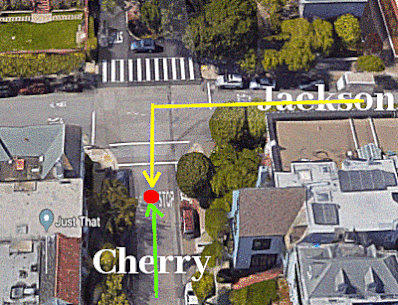
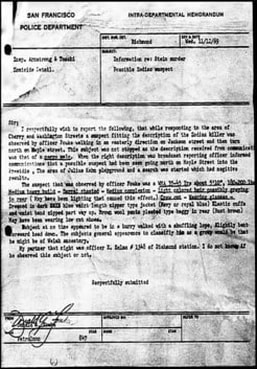
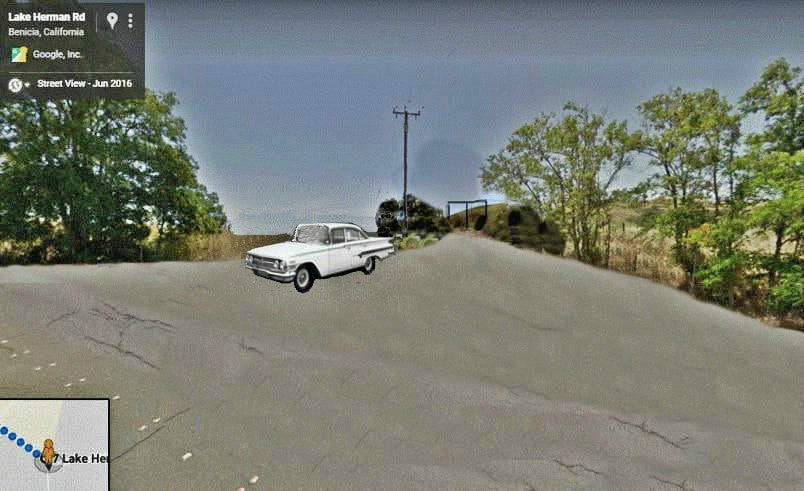
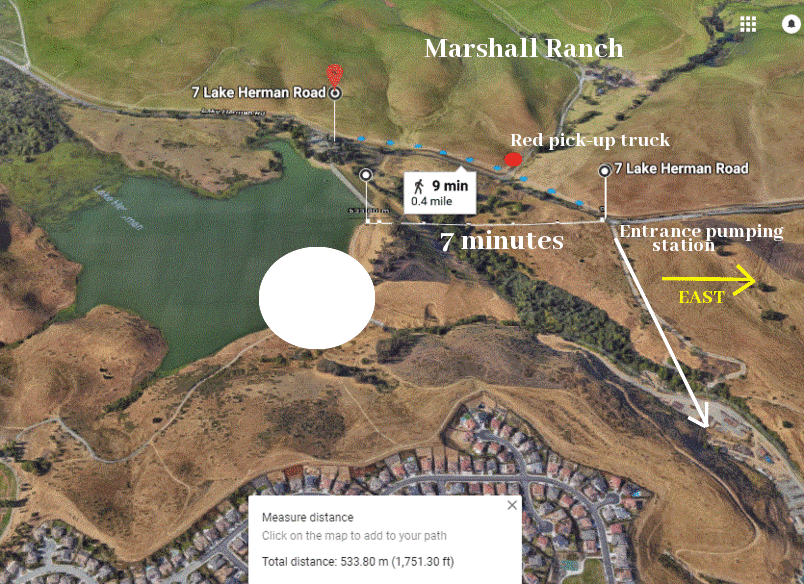


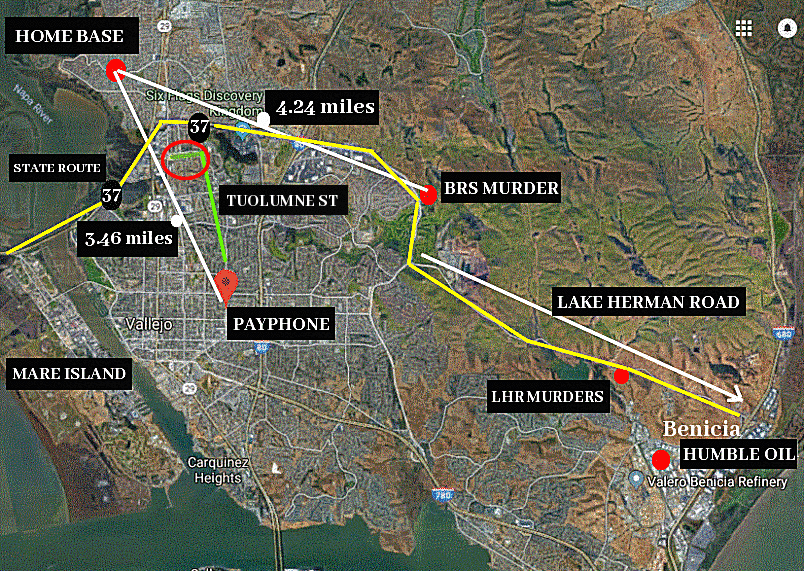
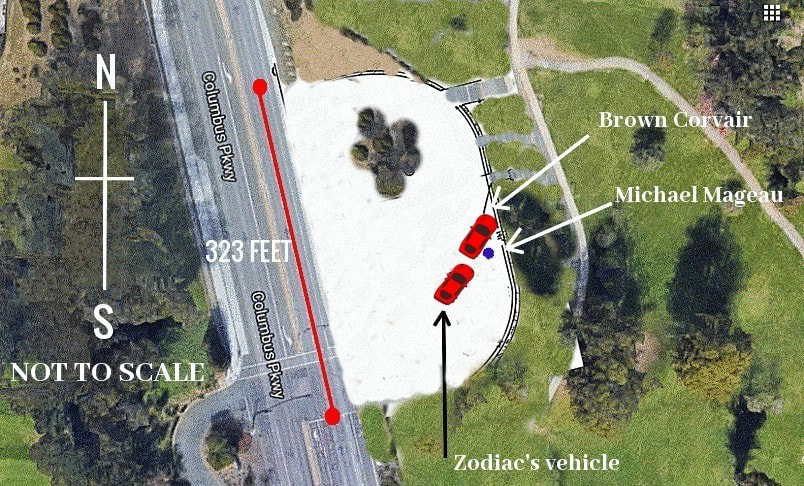
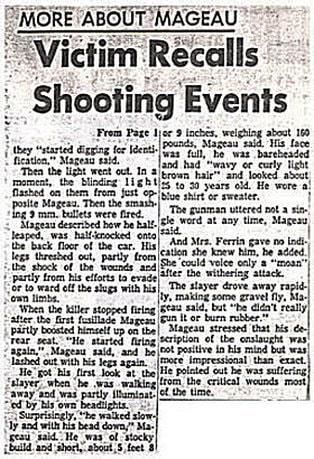
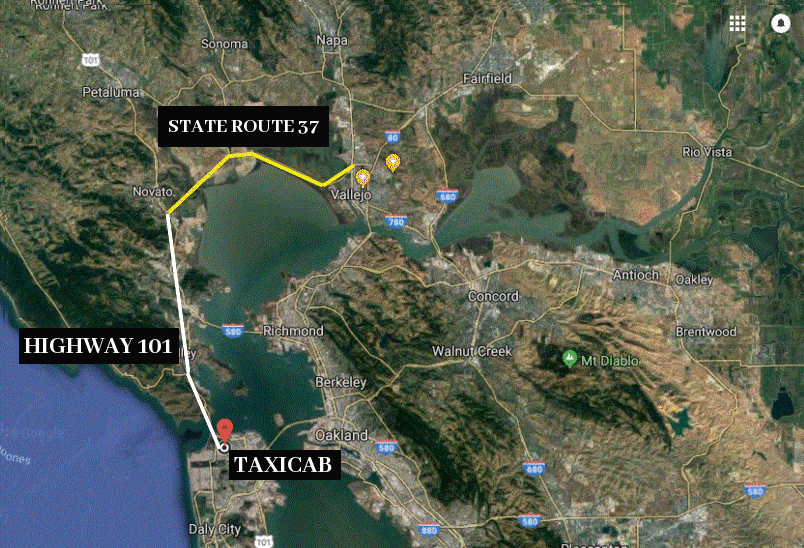
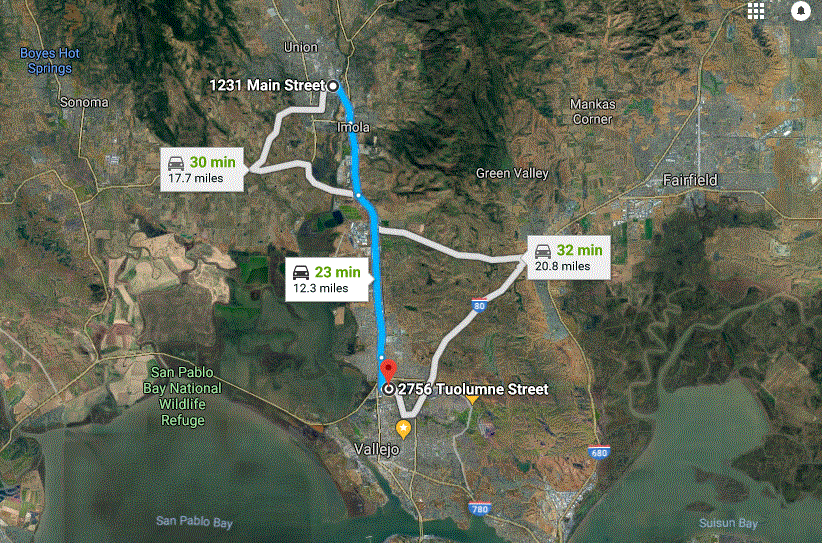

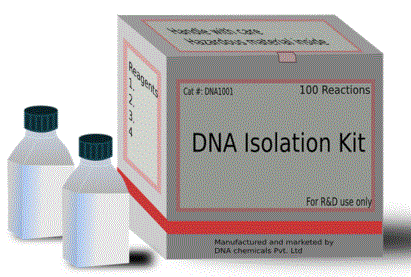
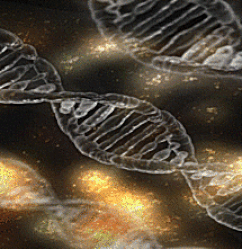

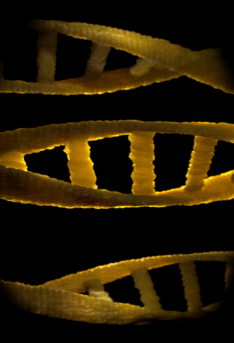
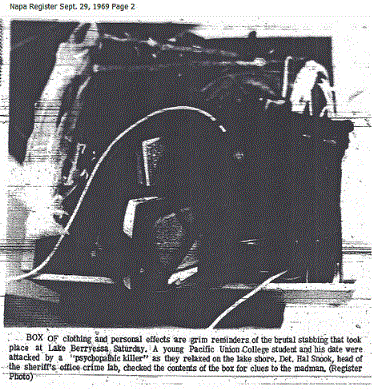
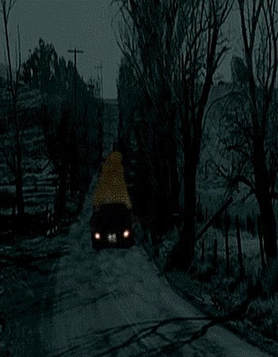
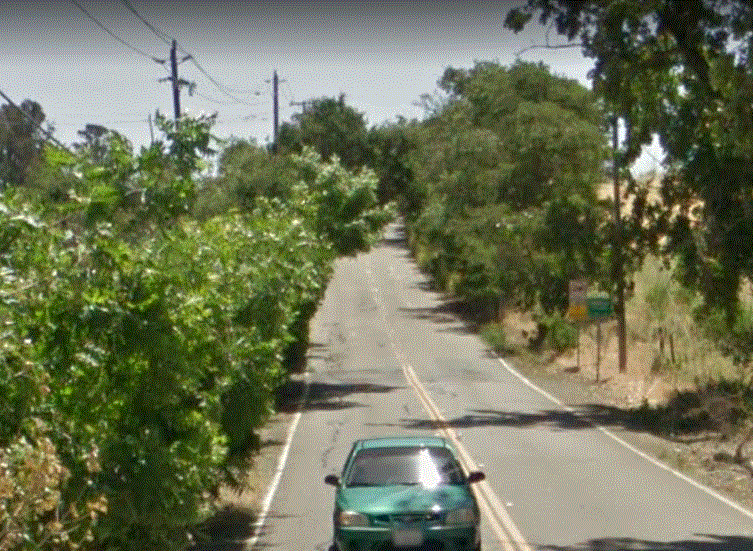
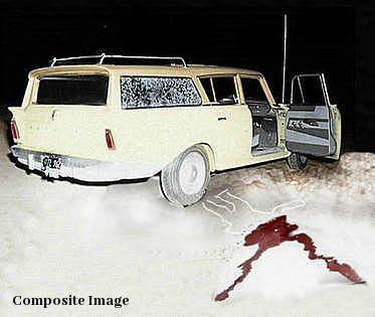




 RSS Feed
RSS Feed
